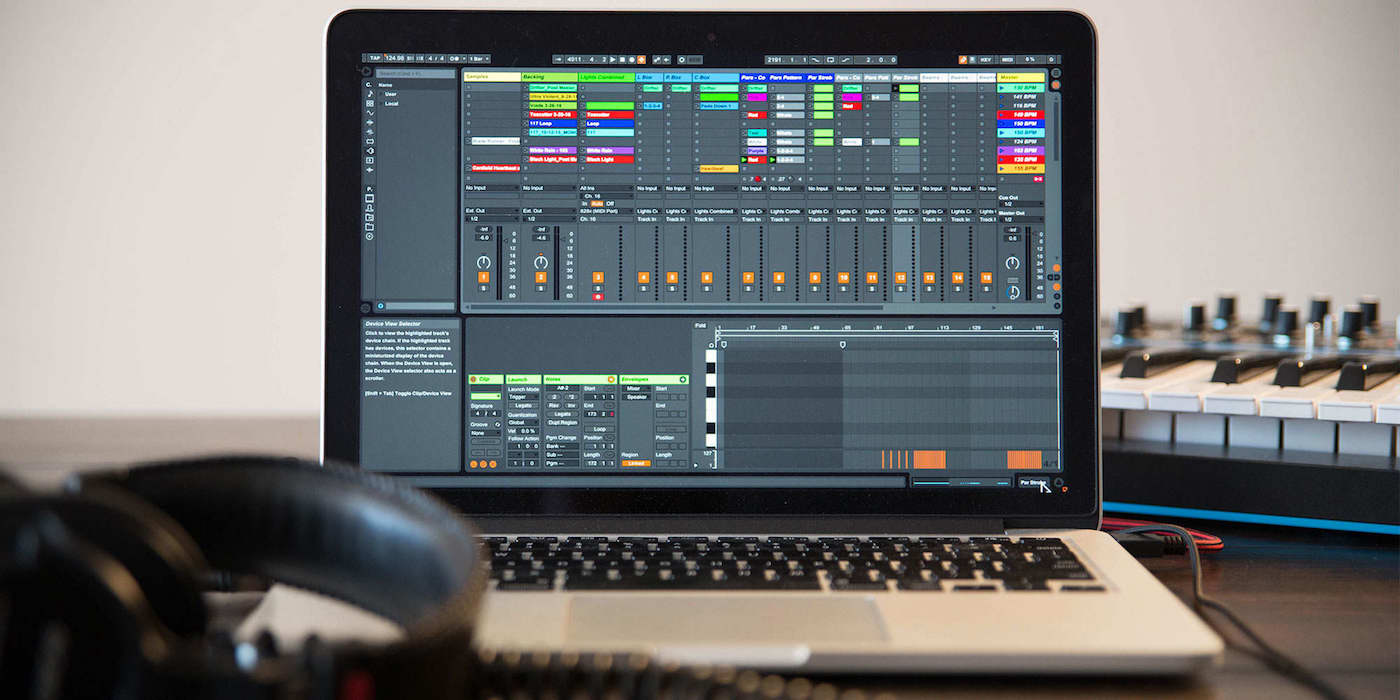In the realm of digital audio workstations (DAWs) and their associated mixing consoles, the “line” input represents a crucial pathway for routing external audio signals into the digital domain. Understanding its function and nuances is paramount for achieving a polished and professional sound.
The Essence of Line Inputs: A Gateway to External Audio
A line input, typically found on audio interfaces and mixing consoles, is designed to receive signals from devices that output a “line level” signal. This contrasts with microphone inputs, which are optimized for the much weaker signals generated by microphones, and instrument inputs, which cater to the specific impedance characteristics of instruments like guitars. Line level signals are pre-amplified and require no further gain boost from the mixer’s preamps.
Understanding Signal Levels: Mic vs. Line
The key distinction lies in the signal strength. Microphone signals are inherently weak, often requiring significant amplification (gain) to reach a usable level for recording or processing. Conversely, line level signals are significantly stronger, having already undergone some form of amplification. Plugging a line level source into a microphone input could result in distortion or clipping due to the excessive gain applied. Conversely, attempting to use a microphone with a line input would likely produce a signal too quiet to be useful.
Common Sources for Line Inputs: A Diverse Ecosystem
The versatility of line inputs allows for the integration of a wide range of audio sources into your DAW. Here’s a glimpse into the devices you might connect:
- Synthesizers and Keyboards: Synths, digital pianos, and other MIDI instruments typically output line level signals, making them ideal candidates for line inputs.
- Drum Machines and Samplers: Similar to synthesizers, drum machines and samplers output line level signals that can be directly fed into the mixer.
- External Preamps: If you prefer the sound of a specific external preamp, you can connect its output to a line input, bypassing the mixer’s built-in preamps. This allows you to impart a particular sonic character to your recordings.
- Effects Processors: Reverbs, delays, compressors, and other effects units often have line level outputs, enabling you to incorporate external processing into your signal chain.
- CD Players and Other Playback Devices: Although less common in modern production workflows, CD players, tape decks, and other playback devices with line level outputs can be connected to a mixer via line inputs.
- Outputs from other audio interfaces: In complex setups, you might need to route audio between multiple audio interfaces. Line inputs and outputs facilitate this connectivity.
Navigating Impedance: Ensuring Optimal Signal Transfer
While line inputs are generally forgiving, impedance matching can play a role in achieving the best possible signal transfer. Impedance refers to the opposition a circuit presents to an alternating current. Ideally, the output impedance of the source device should be significantly lower than the input impedance of the line input. This ensures that the signal is transferred efficiently without any loss of frequency response or signal integrity. Most modern audio interfaces and mixers have sufficiently high input impedances that this is rarely a concern, but it’s worth being aware of, especially when dealing with older or vintage equipment.
Unbalanced vs. Balanced Connections: Shielding from Noise
Line inputs can be either unbalanced (typically using TS or RCA connectors) or balanced (typically using TRS or XLR connectors). Balanced connections offer superior noise rejection compared to unbalanced connections. This is because balanced connections employ a technique called common-mode rejection, which cancels out any noise that is picked up equally by both conductors in the cable. For longer cable runs or in environments with high levels of electromagnetic interference (EMI), balanced connections are highly recommended. Unbalanced connections are more susceptible to noise and hum, so they are best suited for shorter cable runs in relatively quiet environments.
Gain Staging Considerations: Achieving a Clean Signal
While line inputs don’t require preamp gain, proper gain staging is still crucial. Gain staging refers to the process of setting the signal level at each stage of the audio chain to optimize the signal-to-noise ratio and prevent clipping. With line inputs, the primary goal is to ensure that the signal level is high enough to provide a good signal-to-noise ratio without overloading the input. This usually involves adjusting the output level of the source device to match the input sensitivity of the line input. Monitoring the input meter on your mixer or audio interface is essential for proper gain staging.
Troubleshooting Common Issues: Diagnosing Signal Problems
Several issues can arise when using line inputs. Here are some common problems and their potential solutions:
- No Signal: Check all cable connections, ensure the source device is powered on and outputting a signal, and verify that the correct input is selected on your mixer or audio interface.
- Weak Signal: Increase the output level of the source device, check for any attenuators or pads that might be engaged, and ensure that the input impedance is properly matched.
- Distortion: Reduce the output level of the source device to prevent clipping the input. Check for any faulty cables or connectors.
- Noise or Hum: Use balanced connections whenever possible, try a different cable, and check for ground loops. A ground loop occurs when there are multiple ground paths between two pieces of equipment, creating a potential for noise.
Integrating Line Inputs into Your DAW Workflow: A Creative Canvas
The effective utilization of line inputs can significantly enhance your DAW-based workflow. From capturing the sonic nuances of external synthesizers to integrating outboard effects processors, these inputs serve as a crucial bridge between the analog and digital realms. Understanding the principles of signal levels, impedance matching, and balanced connections will empower you to achieve optimal audio quality and unlock the full potential of your equipment.







Leave a Comment